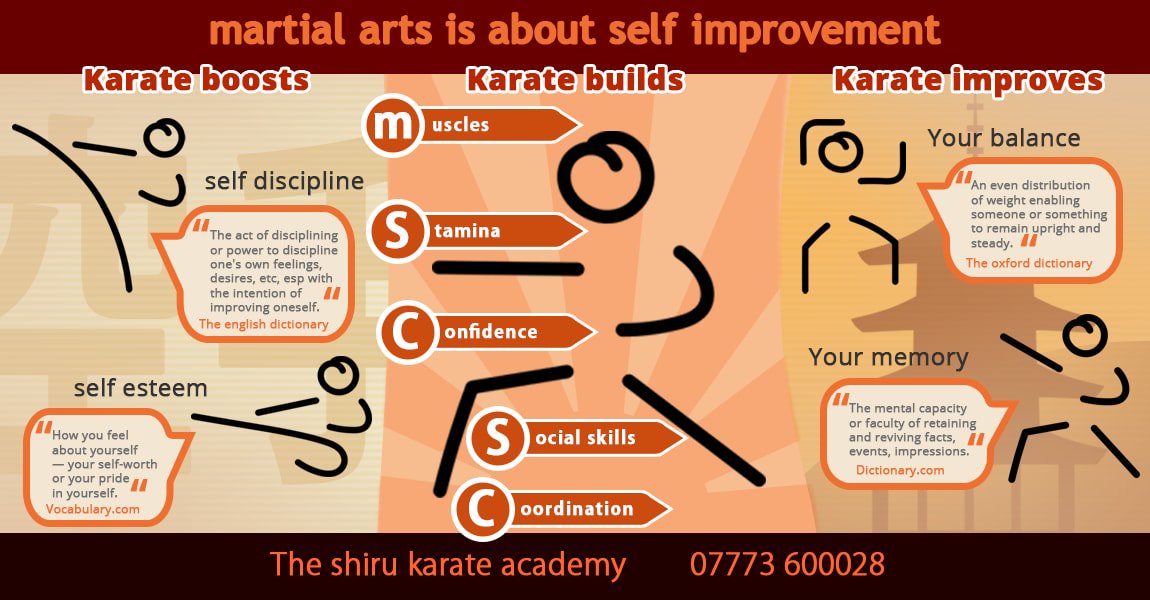The Background And Approach Of Fighting Style: A Deep Dive
The Background And Approach Of Fighting Style: A Deep Dive
Blog Article
Written By- martial arts clothing into the old world where martial arts were born out of necessity in diverse regions. Societies crafted unique fighting styles linked with historic contexts. https://www.wlns.com/video/premier-martial-arts-is-bringing-its-self-defense-lessons-to-an-okemos-school-2/8326250/ progressed over centuries through committed method and social exchanges. Today, modern-day martial arts mix standard elements for optimal effectiveness. Philosophically, martial arts emphasize discipline, self-improvement, and consistency. Regard, humbleness, and balance are foundational principles directing professionals in the direction of growth and strength. Check out the midsts of this rich history and viewpoint to uncover the extensive impacts shaping this long-lasting technique.
Origins of Fighting Style
Martial arts came from various regions all over the world, advancing as functional combat systems to prevent dangers. These ancient combating designs were developed out of requirement, with each society crafting strategies fit to their one-of-a-kind settings and challenges. From https://martialartsnearmeforkids21987.dailyblogzz.com/28172952/grow-a-deep-sense-of-internal-peace-and-balance-by-embracing-the-knowledge-of-a-martial-arts-academy grappling arts of Jujutsu in Japan to the striking methods of Martial art in China, martial arts were deeply linked with the historic, social, and cultural textile of their particular societies.
In Japan, the samurai course polished martial arts like Kenjutsu, the art of the sword, which later on developed into the much more popularized form of Kendo. At the same time, in Brazil, Capoeira became a mix of dance and fight, created by enslaved Africans as a method to withstand fascism. Each fighting style carries with it an abundant background and approach, mirroring the worths and ideas of individuals that exercised them.
As you look into the origins of martial arts, you discover a tapestry of human ingenuity, resilience, and the unrelenting spirit of warriors throughout time.
Advancement of Techniques
Via centuries of method and refinement, battle methods within different martial arts have undertaken a profound development. From ancient styles like Kung Fu and Karate to extra modern-day self-controls such as Brazilian Jiu-Jitsu and Krav Maga, the evolution of strategies has been driven by a mix of cultural impacts, practical applications, and technological advancements.
One substantial facet of this development is the cross-pollination of strategies in between various martial arts. For instance, techniques from traditional Japanese Jiu-Jitsu were integrated right into the creation of Judo by Jigoro Kano in the late 19th century. This blending of designs has led to the growth of hybrid martial arts like Mixed Martial Arts (MMA), which integrate elements of striking, grappling, and entry strategies.
Moreover, the advancement of techniques has been formed by the increasing emphasis on effectiveness and effectiveness in battle. Specialists have actually continually looked for to fine-tune their strategies through extensive training, testing, and competition, causing the growth of very specialized and effective battling styles. Generally, the development of strategies in martial arts reflects the dynamic nature of combat and the ongoing mission for enhancement and innovation.
Philosophical Foundations
Exploring the underlying thoughtful concepts of martial arts supplies understanding into their core values and directing beliefs. At the heart of several martial arts techniques is the concept of self-control itself. By educating your mind and body to serve as one cohesive device, you cultivate discipline that extends beyond the dojo or health club into day-to-day life. This self-control includes regard, humility, and self-control, forming not simply your physical capabilities however also your character.
Another essential thoughtful foundation in martial arts is the concept of constant self-improvement. The journey of grasping a martial art is relentless, with professionals continuously making every effort to far better themselves, both literally and mentally. This focus on growth fosters strength, perseverance, and a growth way of thinking that can be related to all facets of life.
Additionally, martial arts highlight the relevance of consistency and equilibrium. Strategies are developed to make use of an opponent's energy against them, highlighting the concept of yielding and rerouting pressure rather than meeting it head-on. This philosophy extends to social connections, advertising tranquil resolutions and mutual understanding. By accepting these philosophical structures, martial artists not only boost their fight skills yet also grow a way of living fixated personal growth, respect, and harmony.
Conclusion
Finally, the history and ideology of martial arts provide a rich tapestry of tradition, discipline, and self-improvement.
Take for example the tale of Bruce Lee, that changed martial arts by blending different designs and philosophies to create his very own one-of-a-kind form of Jeet Kune Do.
Through commitment and technology, martial artists remain to push limits and influence others to reach their complete capacity both in fight and in life.
